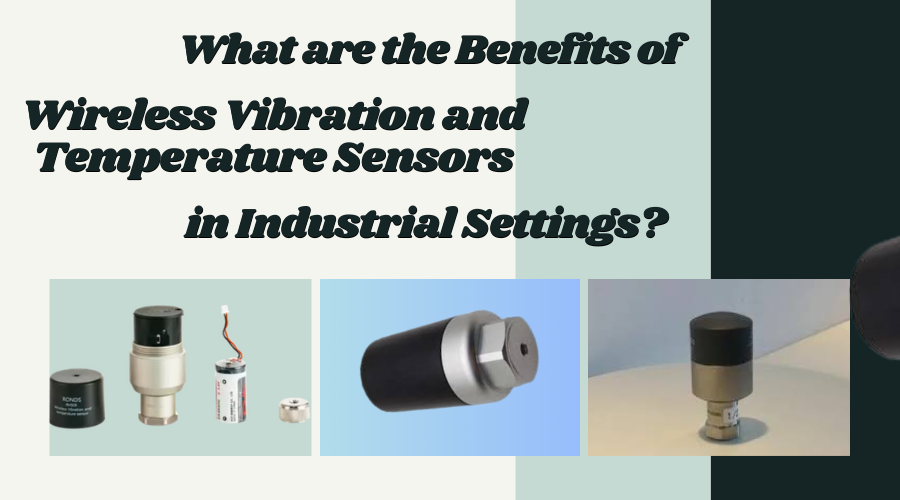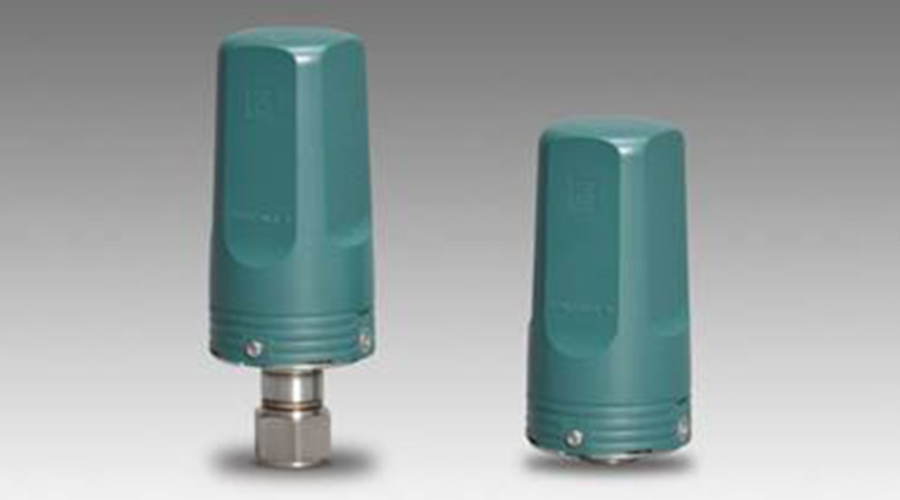-
 No. 659 Hewang Rd, Jiading District, Shanghai P.R.China
No. 659 Hewang Rd, Jiading District, Shanghai P.R.China
-
 info@marvels-sense.com
info@marvels-sense.com
-
 +86-18321684506
+86-18321684506

Imagine this: you're on a factory floor, the hum of machinery a constant thrumming beat. Suddenly, a high-pitched whine pierces the air; a panel vibrates slightly. It's faint, but your gut clenches. Is that machine about to go rogue?
In the past, catching such issues relied on experience and a keen ear. But today, industrial settings are getting smarter, with wireless vibration and temperature sensors acting as guardian angels for your equipment. These tiny marvels take the guesswork out of maintenance, letting you see, hear, and fix problems before they snowball into costly downtime.
Think of these sensors as tiny spies embedded within your machines. Vibration sensors pick up on the subtle tremors machines emit during operation. Temperature sensors keep a watchful eye (or eye-like lens) on thermal variations.
The magic lies in their wireless nature. Gone are the days of tangled wires tripping up productivity. These sensors transmit data wirelessly to a central hub, giving you a real-time view of your machines' health anywhere on the factory floor. Imagine a visual symphony of readings displayed on a screen; each data point is a note in the song of your machine's well-being.
Now, let's dive into understanding the data they generate
Imagine this data as a complex musical score, each vibration level and temperature reading a note. Learning to read this score unlocks the secrets to your machinery's health.
Vibration data is typically presented in units like g-force (acceleration due to gravity) or millimeters per second (mm/s). However, the raw numbers can be deceiving. Here's what you need to consider:
Every machine has a natural vibration level during operation. Establish baseline readings for each machine when it's functioning optimally. Deviations from this baseline could indicate developing problems.
Vibration data often includes a frequency spectrum, revealing the dominant frequencies in the vibration. Specific frequencies can indicate particular issues. For example, high-frequency vibrations might indicate bearing wear, while low-frequency vibrations could signal misalignment.
Temperature readings are more straightforward, but context is crucial. Consider these factors:
Most equipment manufacturers specify a safe operating temperature range for their machines. Readings outside this range could indicate overheating or cooling system inefficiencies.
External factors like room temperature can influence sensor readings. When interpreting temperature data, factor in ambient conditions.
Sudden spikes or dips in temperature are often more concerning than a single high or low reading. Look for trends over time to identify potential issues.
Many sensor systems offer data visualization tools. These tools can translate raw numbers into easy-to-understand charts and graphs, making it more straightforward to spot trends and anomalies. Look for features like:
These lines show how vibration or temperature levels have changed.
Set alert thresholds to be notified automatically when readings exceed pre-defined limits. This allows for proactive maintenance before problems escalate.
Learning to read sensor data effectively takes practice. Don't be discouraged if it doesn't come naturally at first. Here are some helpful tips:
Sensor manufacturers and system integrators often offer training resources to help users understand and interpret sensor data.
Compare your sensor readings with industry benchmarks for similar equipment. This will help you to evaluate and analyze your data properly.
Look for correlations between vibration and temperature data. For example, a temperature rise might accompany increased vibration, indicating a potential lubrication issue.
By combining these strategies, you'll transform yourself from a data novice into a data detective, using the power of sensor readings to keep your industrial machinery operating at peak performance. Remember, the key is approaching data interpretation with a curious mind and a willingness to learn. As you gain experience, you'll be able to decipher the symphony of sensor data and ensure a smooth-running, efficient industrial operation.

The advantages of wireless vibration and temperature sensors go far beyond replacing your morning rounds with a glance at a monitor. Here's a chorus of reasons to consider integrating them into your industrial setup:
A slight vibration or temperature spike may prove a canary in the coal mine, pointing towards a potential issue before it explodes into a full-blown breakdown. Early detection translates to faster fixes, preventing costly repairs and production delays.
These sensors can help you optimize your processes. By monitoring temperature fluctuations, you can identify inefficiencies that waste energy. Similarly, vibration analysis can help you pinpoint areas where machinery needs fine-tuning for smoother operation.
Wireless sensors obseleting manual data collection, freeing up your maintenance crew's time for what they do best – fixing things! They can prioritize tasks based on real-time data, focusing on machines needing attention.
Excessive vibration can sometimes indicate a safety hazard. You can prevent accidents and protect your workers by catching these issues early.
Keeping Your Bottom Line in Tune: Wireless sensors can significantly reduce maintenance costs. Early detection of problems prevents costly breakdowns, and optimized processes lead to better resource use. Plus, the ease of installing and maintaining wireless sensors adds to the cost-saving melody.
Do I need both vibration and temperature sensors?
Not necessarily. The specific needs of your equipment will be helpful for you to determine which type of sensor is most beneficial. However, both can be very effective for a more holistic view of machine health.
How are these sensors installed?
Wireless sensors are generally easy to install, requiring minimal drilling or disruption to existing equipment.
What kind of data do these sensors provide?
The data can vary depending on the sensor, but it typically includes vibration levels, temperature readings, and even time-series data to track trends.
Wireless vibration and temperature sensors are not simple tools, they are more than technological marvels; they're game-changers for industrial settings. By providing real-time information about the health of your machinery, they empower you to optimize processes, prevent costly downtime, and ensure worker safety. So, ditch the guesswork and embrace the symphony of data—it's the key to a more efficient and successful industrial operation.